Honor 8 Review
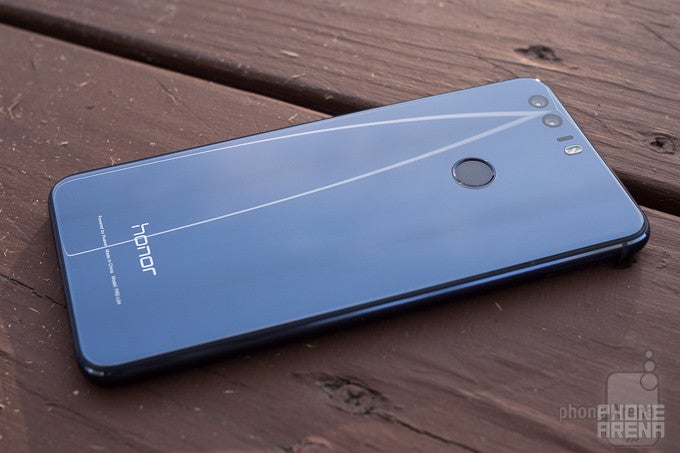
Introduction
To say that Huawei is a big deal in the smartphone market is nothing short of an understatement, but despite the company's unquestionable international success, to say nothing of its recent market growth, it's been slow to use that momentum to create a strong US presence.

In the box:
- Honor 8
- USB Type-C to standard A cable
- Fast charging adapter
- Warranty card
- SIM tool
Design
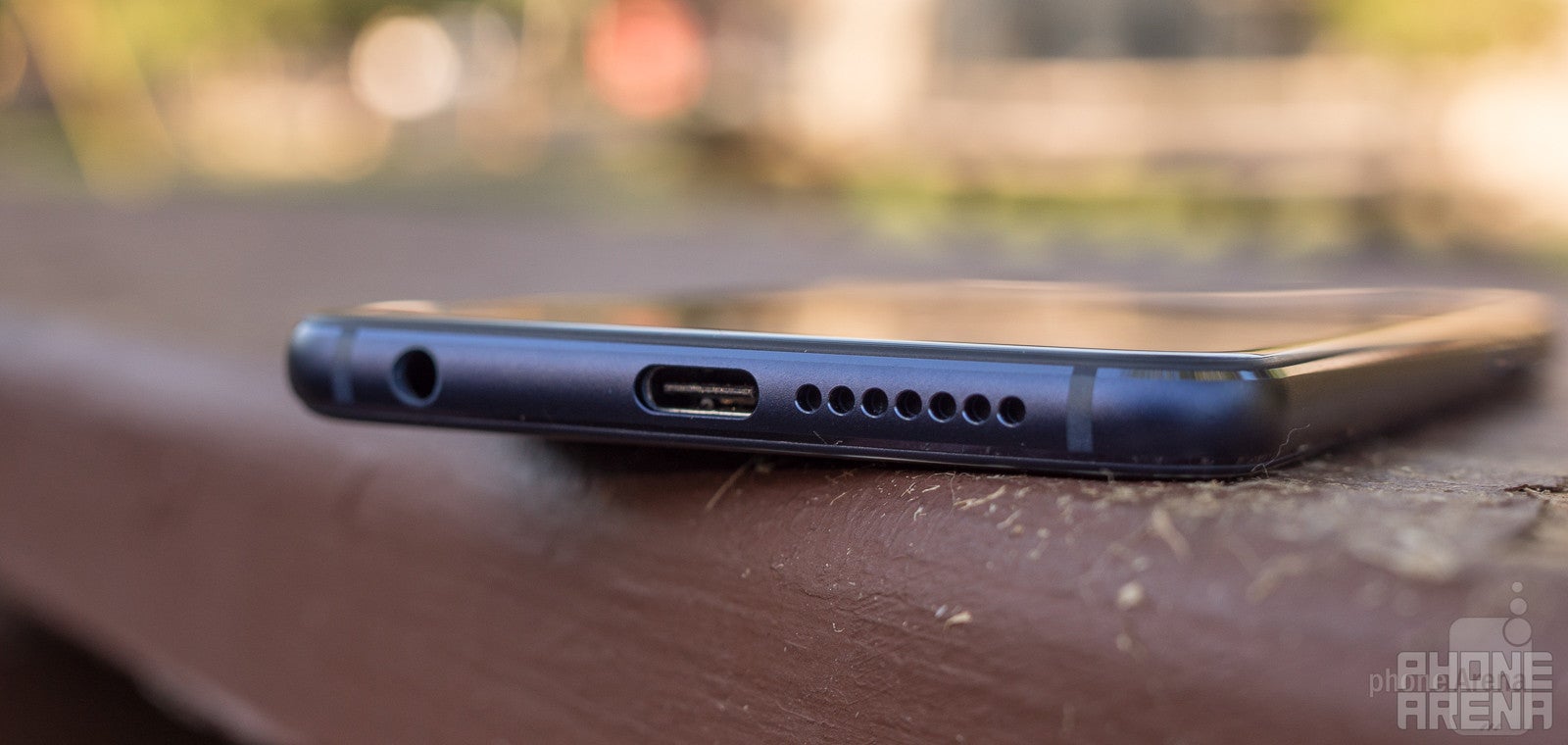
The Honor 8 doesn't push the envelope much with any daring new design, instead giving us the sort of rounded-edge handset we've seen dozens of times before. If you've held an iPhone 6s, or an HTC A9, you know the basic shape we're talking about. Huawei does try and mix things up a little by pairing that curved-edge metal frame with both front and back glass, giving the phone a smooth, symmetrical look. Whether that's a better choice than a metal-backed phone may tap into personal preference, but the resultant look is pretty darn stylish, helped out by a 15-layer “light-catching finish” for the back that plays with ambient light in a way that looks great on the blue handset we took for a spin.
That smooth design is reinforced by a back panel free of obstructions. There is a fingerprint scanner mounted in the center, but it sits recessed in the surrounding glass, with no lip standing out. And while Huawei's crammed in a pair of rear 12MP cameras, there's no camera bump to be found – the whole camera assembly sits flush. Measuring in at 7.45mm thick, the Honor 8 is far from the thinnest phone we've ever seen, but pulling all that off without any extra bulges is still a development we're happy to see.
Down below, we've got the phone's speaker grille, headphone jack, and USB Type-C port, while up top you'll find an IR transmitter – an increasingly rare find on modern phones.
Display
No quad HD we can live with, but is it too much to ask for a screen with neutral color temperature?
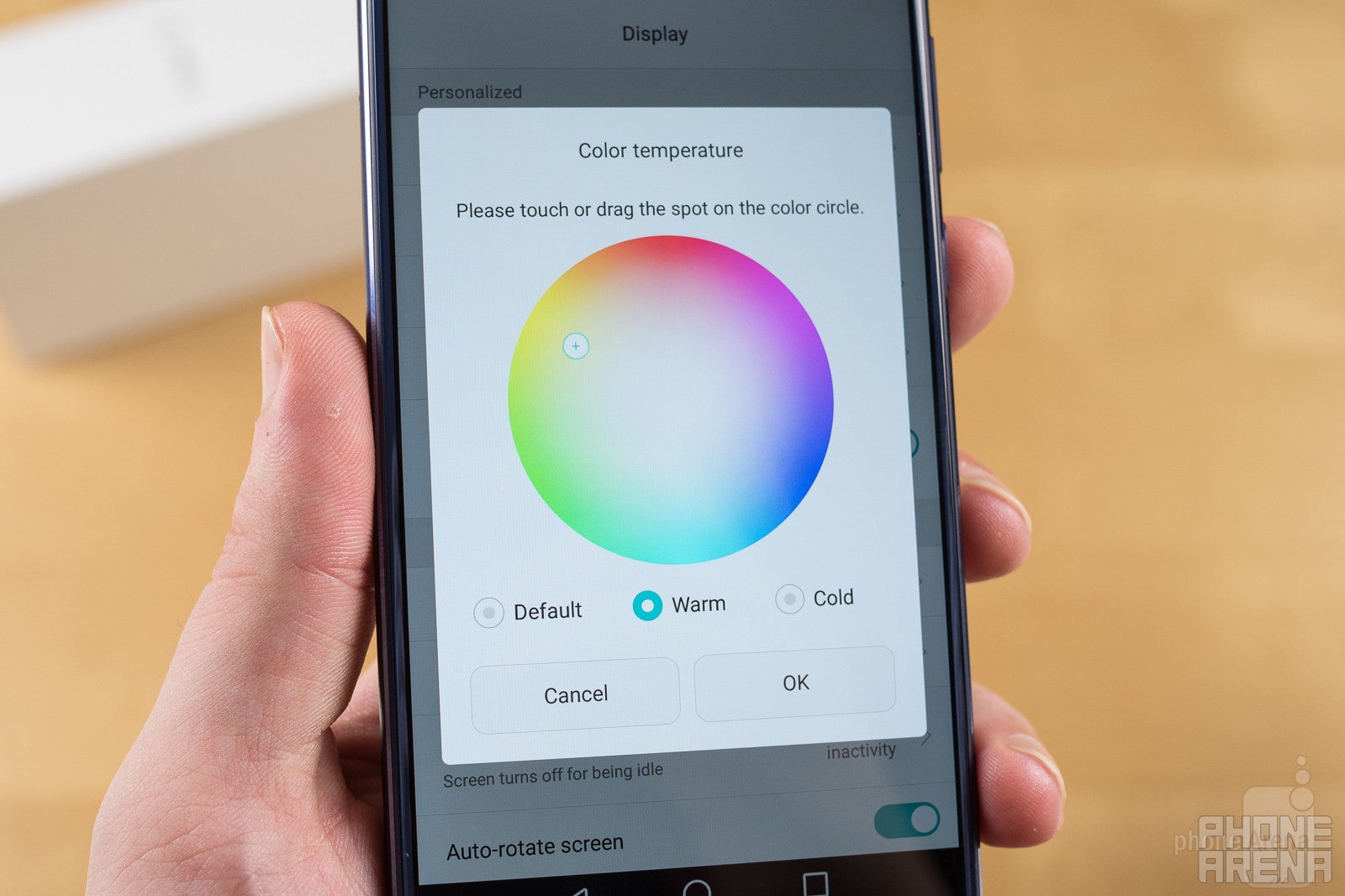
Huawei's not out to make a name for the Honor 8 with a fancy display. The utilitarian 5.2-inch 1080 x 1920 panel doesn't pretend to be anything its not, instead giving us a functional, adequately sharp screen. If that sounds like less than glowing praise, it's because while we found the Honor 8's display to be by-and-large fine, it did have a couple issues that stood out in our tests.
While the phone's screen is capable of some solidly bright output, helping with outdoor visibility, the Honor 8's software makes it difficult to adjust with much specificity. If you keep things in auto mode, maybe that's alright, but we found the screen's brightness jumping from “kinda bright” to “really bright” with little play in between. That's no deal-breaker, but we'd love to see a little more finesse present.
Then there's the issue of color temperature. The Honor 8's software helpfully gives users a lot of control over adjusting the tone of the display output, and in addition to pre-set warm and soft modes, you have full control to dial-in a white-point of your own. But even there, you're going to have to make concessions, as the supposedly neutral white that acts as the zero point of these adjustments is itself heavily shifted towards cooler blue shades.
Speaking of blue, though, the Honor 8 joins the club of phones seeking to alleviate eye strain and improve circadian rhythms by implementing an “eye comfort” mode, filtering out blue light at night. Given how cool the screen is to start with, that's just a little ironic.
Interface and Functionality
EMUI dares to be different (for Android, anyway), and we like what we see
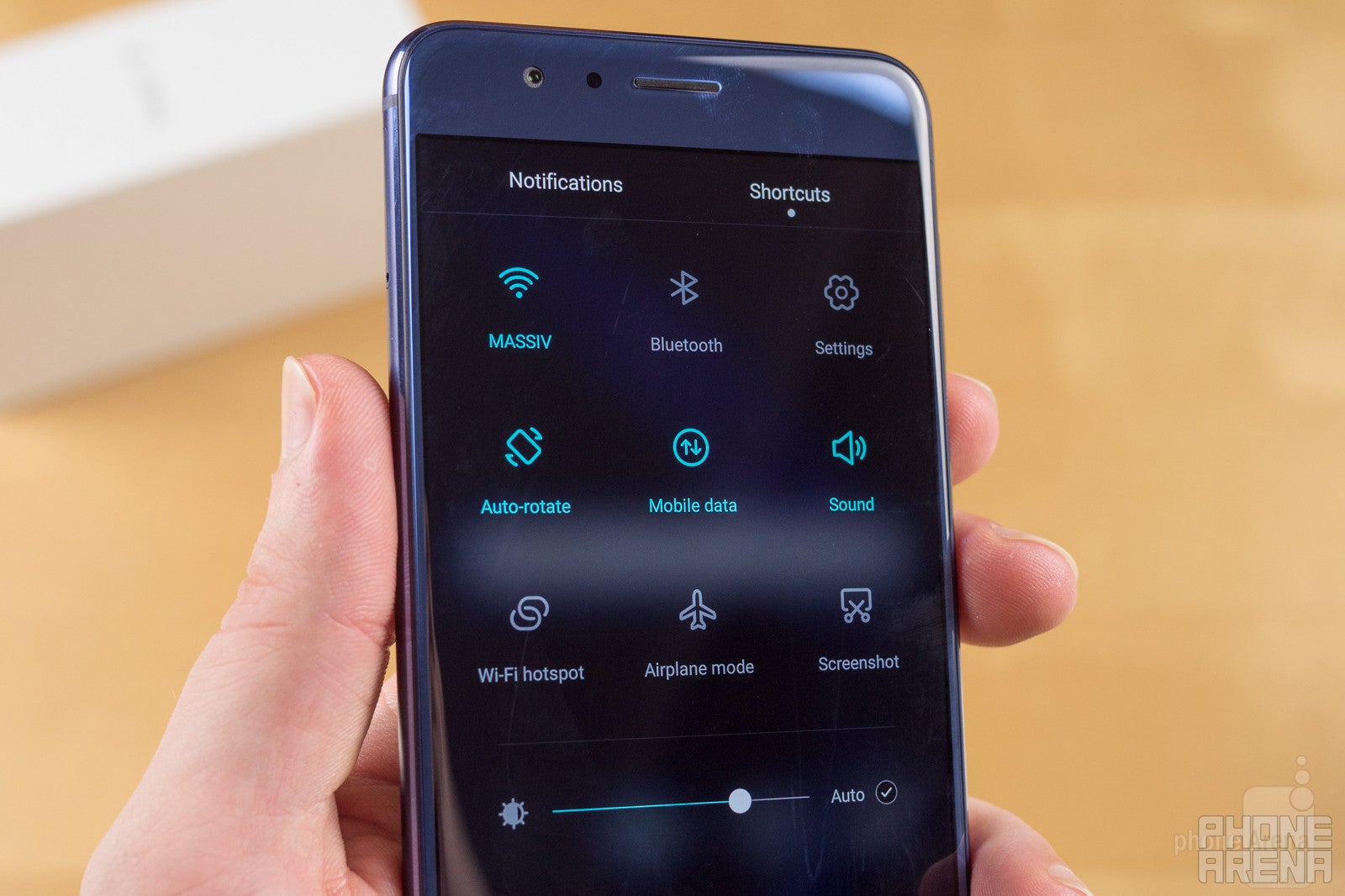
The Honor 8's EMUI 4.1 interface is going to be something for a whole lot of the phone's users, representing a not-so-subtle departure from the rank and file of TouchWiz and its peers. Built on Android 6.0, the interface is in many ways a simple, more pared-down alternative to standard Android.
Take the app drawer, for instance: there isn't one. In a very iOS-like move, you'll find all the new apps you install turning up unceremoniously dumped on the outer pages of your home screen. As you find yourself running low on screen real estate, those apps can be grouped into subfolders whose tile-of-nine appearance again conjures up memories of iOS. This is one Android fork with more than a touch of iOS envy.
Instead of notifications and quick settings sharing a shade, the two frequently-accessed panels instead live side-by-side in an interface pulled down from the top of the phone's screen. While that keeps things looking nice and clean, and provides plenty of room for the time-tagged notifications to spread out, it doesn't feel like maybe the most efficient use of space.
The “EMUI look” extends beyond the basic system interface itself to apps like the gallery, calendar, clock, and media players: all offer very crisp, bordering on sparse-looking layouts, while eschewing typical Android Material Design. It's not really bad by any stretch, but we wonder if it's maybe all just a bit too simplistic while simultaneously lacking some of Material Design's subtle grace.
Huawei packs the phone with both its own collection of apps, as well as some popular titles like Facebook, Twitter, and Shazam. Among the former group there are a few stand-out programs, particularly the easy-to-use Smart Controller that uses the Honor 8's IR transmitter to act as a remote control for your appliances.
Processor and Memory
We love to root for the Kirin underdog, but performance leaves something to be desired
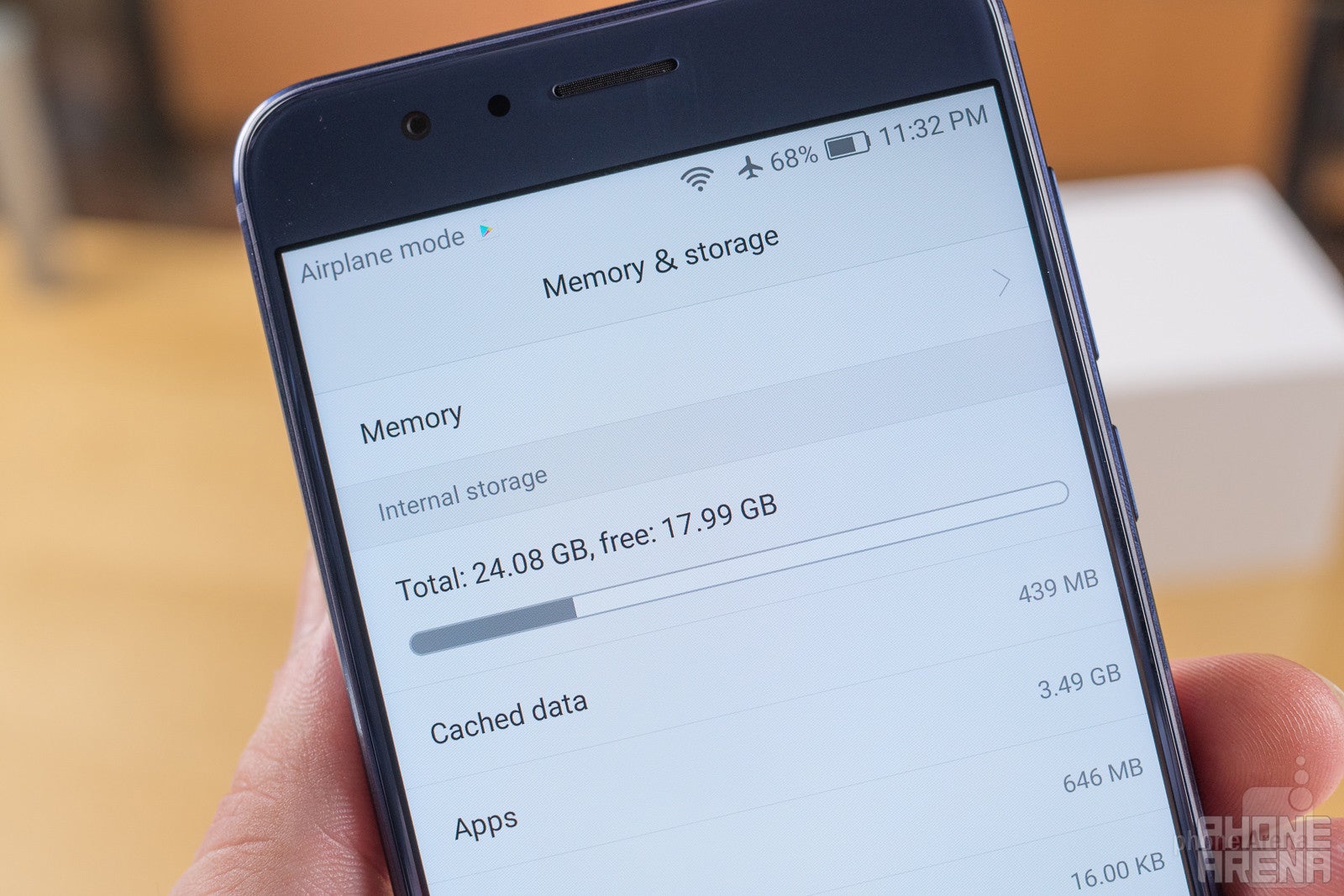
Chances are, the phone you've been carrying is powered by a Qualcomm Snapdragon chip. Or maybe you've got one of last year's Galaxy flagships, when Samsung gave its Exynos chips a global rollout. Or if you happen to shop from the right rack on the discount aisle, you could have a phone built around a MediaTek chip. The Honor 8 takes none of these familiar routes, instead running a HiSilicon (another Huawei brand) Kirin 950.
That's the same processor we found earlier this year in the Huawei Mate 8, and at the time we noted how strongly the phone performed against late-year 2015 flagships like the Samsung Galaxy Note 5. While the Honor 8 does no worse (and its benchmark performance is a near-perfect copy of the Mate 8's results), the Snapdragon 820 has since made its presence felt, and the Kirin 950 is no longer quite the same blazing powerhouse it looked like back then.
Huawei pairs the 950 with 4GB of RAM, an ample amount for a handset of the Honor 8's capabilities. Realistically, that 4GB is so sufficient that you'll likely never have to think twice about it – so it's a little curious that EMUI places available RAM front-and-center for the phone's multi-tasking interface (a simple side-by-side view that hearkens back to the Android of years past), constantly reminding you just how much is left to use.
In actual operation, the Honor 8 performs smoothly – it doesn't really need to be a heavy lifter to get tasks done with EMUI, and the lack of a crazy high-res display helps keeps processor and memory requirements on the sensible side of things.
Huawei sells the Honor 8 with either 32GB or 64G of storage. A hybrid SIM tray lets users expand upon those options with their own microSD card for even more space.
Connectivity
No fancy CDMA magic, but solid US GSM-carrier support

Browser
On the wired side of things, the Honor 8 has a USB Type-C port with all that reversible-connector goodness that's becoming increasingly familiar. It supports fast charging over that interface with the included adapter (which we'll touch back on in just a moment as we discuss battery life), but it's important to note that the Honor 8 only supports USB 2.0 – no high-speed USB 3.0 action here. This is far from the first handset we've seen that does USB Type-C without 3.0, and while we're not particularly shocked to see the Honor 8 heading down that same path, we just wish it were easier to know what to expect from a phone's USB interface from the shape of its connector.
Camera
Sometimes two cameras really are better than one
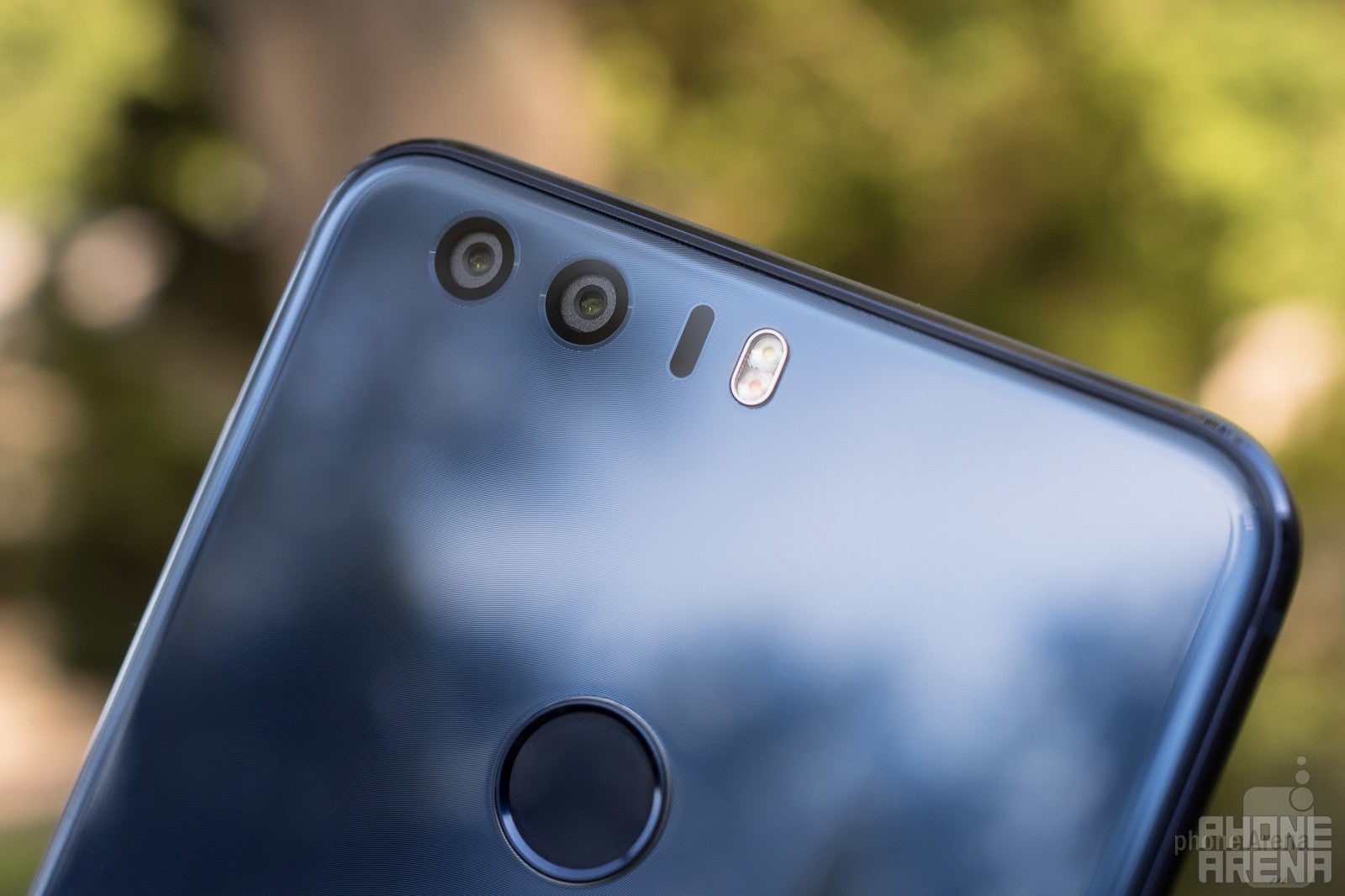
If there's one feature that stands out on the Honor 8, the first one you show your friends when bragging about your new phone, it's going to be its dual rear cameras. Just like the Huawei P9, we're looking at a pair of 12MP sensors: one used mainly for gathering color information, and one for gathering luminance data (ie, brightness). Both have an f/2.2 aperture, and while the whole setup lacks the Leica branding of the P9 (an arrangement that attracted a fair amount of speculation over the extent of Leica's true involvement), the hardware sure sounds like essentially the same camera we got there.
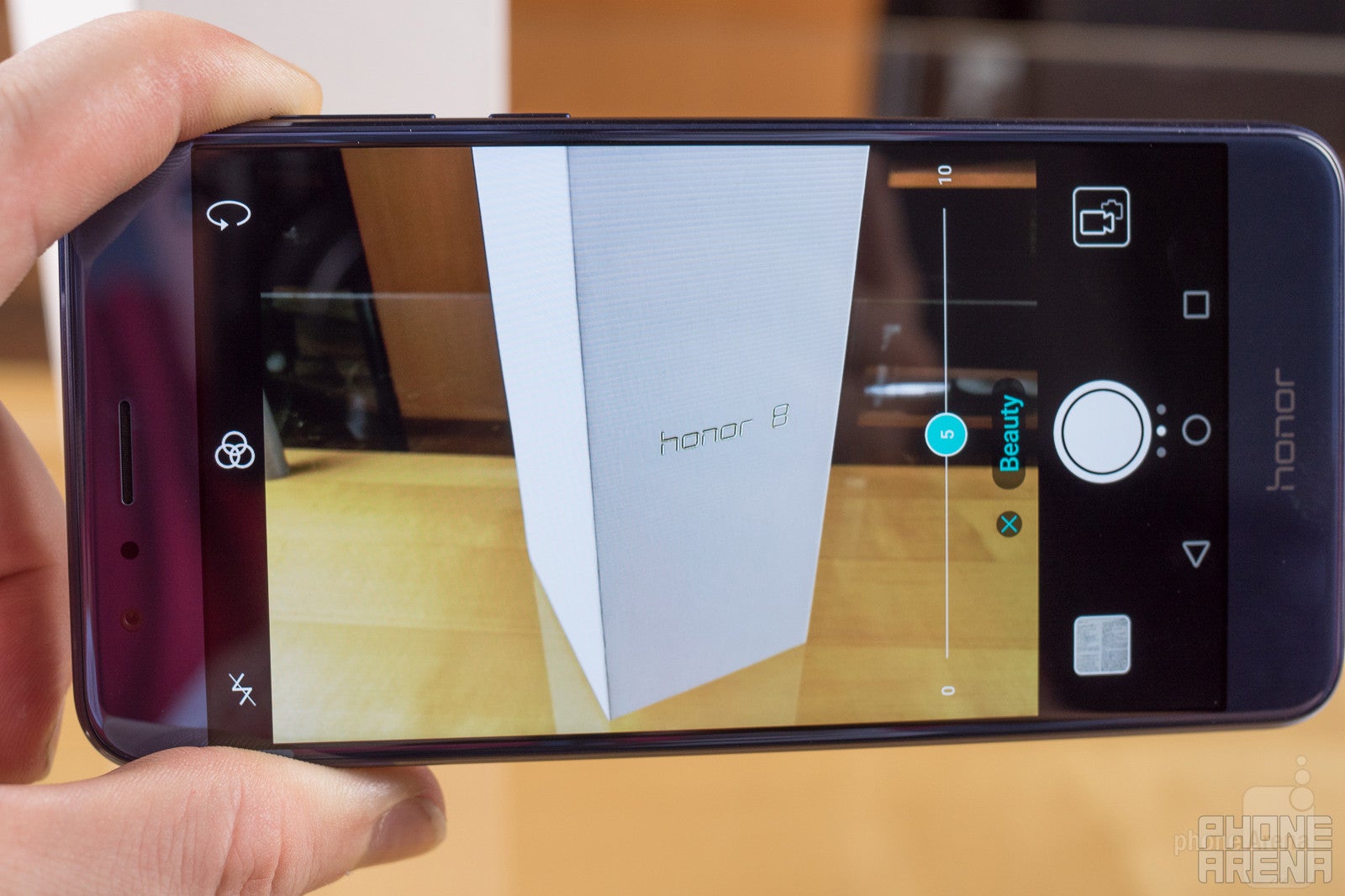
Image quality
The proof is in the pudding, and this dual-lens setup is no simple gimmick
Just like on the P9, the Honor 8 produces some very satisfying output. In Huawei's case, two cameras appear to be very much better than one, and under a wide variety of conditions we found the phone's images – produced by combining the data from each camera in software – to be attractive, detailed, and well exposed.
That's not to say that this dual-camera arrangement is a magic bullet, and it still struggled in certain environments to capture the shot we were looking for, but it's still on the short list for our favorite cameras available on current smartphones.
Like other manufacturers delivering dual-camera handsets, Huawei can't resist the urge to try pulling off some special effects – and the results are hit-and-miss. One attempts to emulate a range of camera apertures to pull some depth-of-field tricks, but our tests found the software occasionally struggling to tell the difference between foreground and background objects, selectively blurring foreground parts that should be sharp, and keeping sharp background elements we wanted blurred.
One minor note, but still an issue that came up, is the construction of the cameras flush with the Honor 8's back glass; with the exception of the dual-LED flash, you can't physically feel any of the rear camera's optics, and with their placement so near the phone's edge, it's very easy to accidentally cover one or both lenses if you're not paying attention.
The 8MP selfie cam may not be a fancy dual-camera setup, but it gets the job done – quite well, in fact. Huawei's software here is particularly well done, giving you a nice visual cue to focus on to make sure you're actually smiling at the camera, and not staring off to the side at your phone's screen.
Video recording
Sharp full-HD recording, but falls short of modern 4K support
For a phone which such an emphasis on its camera performances, it may come as a small surprise to learn that the Honor 8 doesn't support 4K recording. Regular recording maxes out at a 60fps 1080p mode, but the quality there isn't great, with output that's noticeably darker than the regular 30fps 1080p mode. That one looks just fine, though, as does the 720p option.
Continuing in the trend of the Honor 8's camera being a rehash (sans Leica branding) of the P9's, we find ourselves once again running into problems with refocusing during video recording, with the camera taking its sweet time in detecting new focal points and adjusting its lenses to compensate.
Multimedia
Loud enough, but far from the best-sounding speaker we've heard
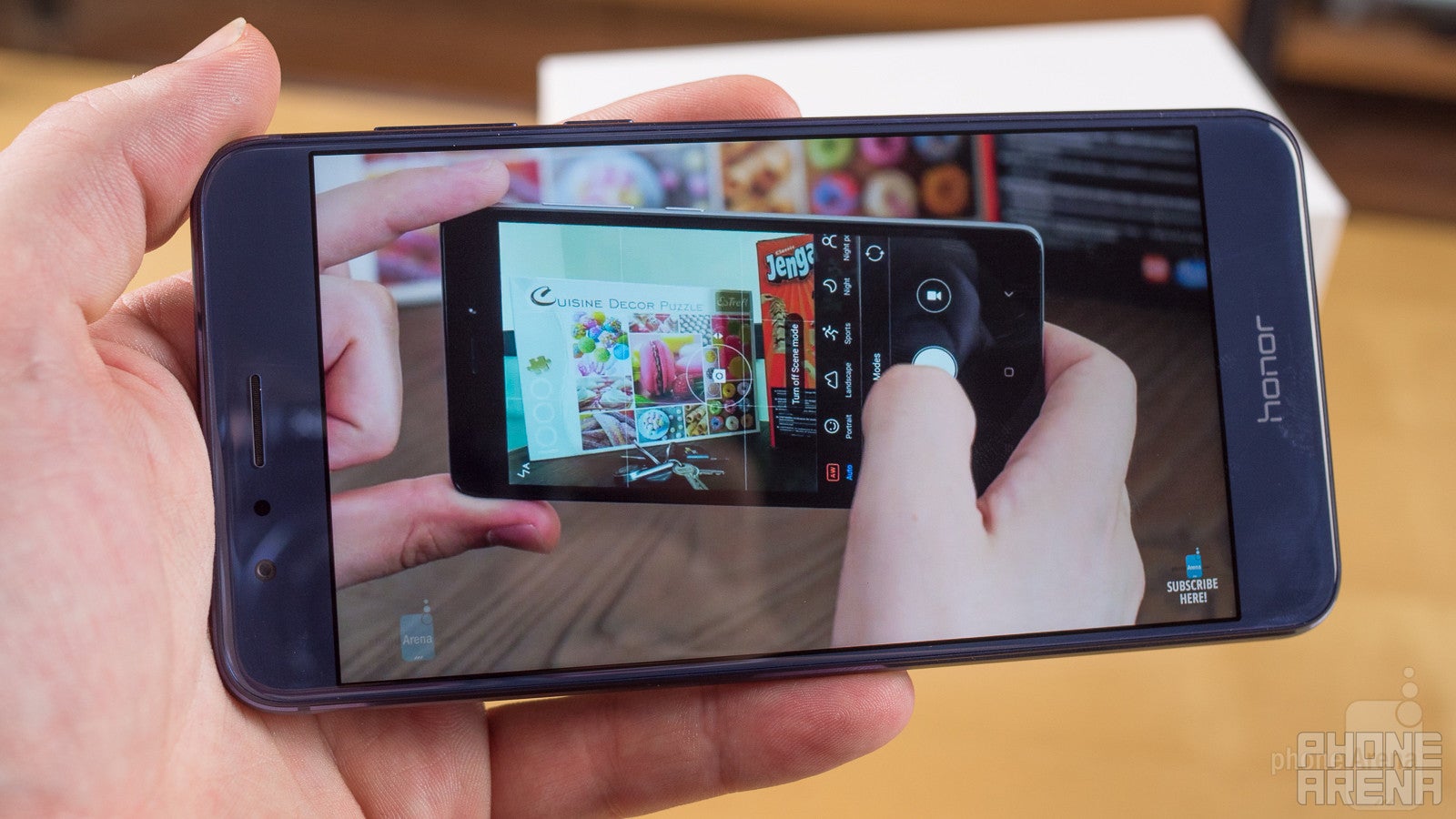
Bottom-edge smartphone speakers run the gamut of awful to awesome. The Honor 8's is somewhere in the middle there, not outright letting us down during playback but also not doing a lot to really make itself stand out. It's as loud as its peers, but fails to deliver rich, well-balanced output: plenty of mids, but lacking on both the low and high-frequency ends of the spectrum.
Call Quality
VoLTE on an unlocked handset is always a welcome feature to see

Incoming calls sound pretty solid, and even as we found our outgoing call competing with the roar of nearby traffic, callers reported us remaining generally intelligible – with a few spots of trouble here and there. If you have access to it, the Honor 8 supports VoLTE calls on T-Mobile's network, but the carrier's LTE signal didn't stretch to our testing area.
Battery Life
The Honor 8 makes that 3,000mAh cell really last
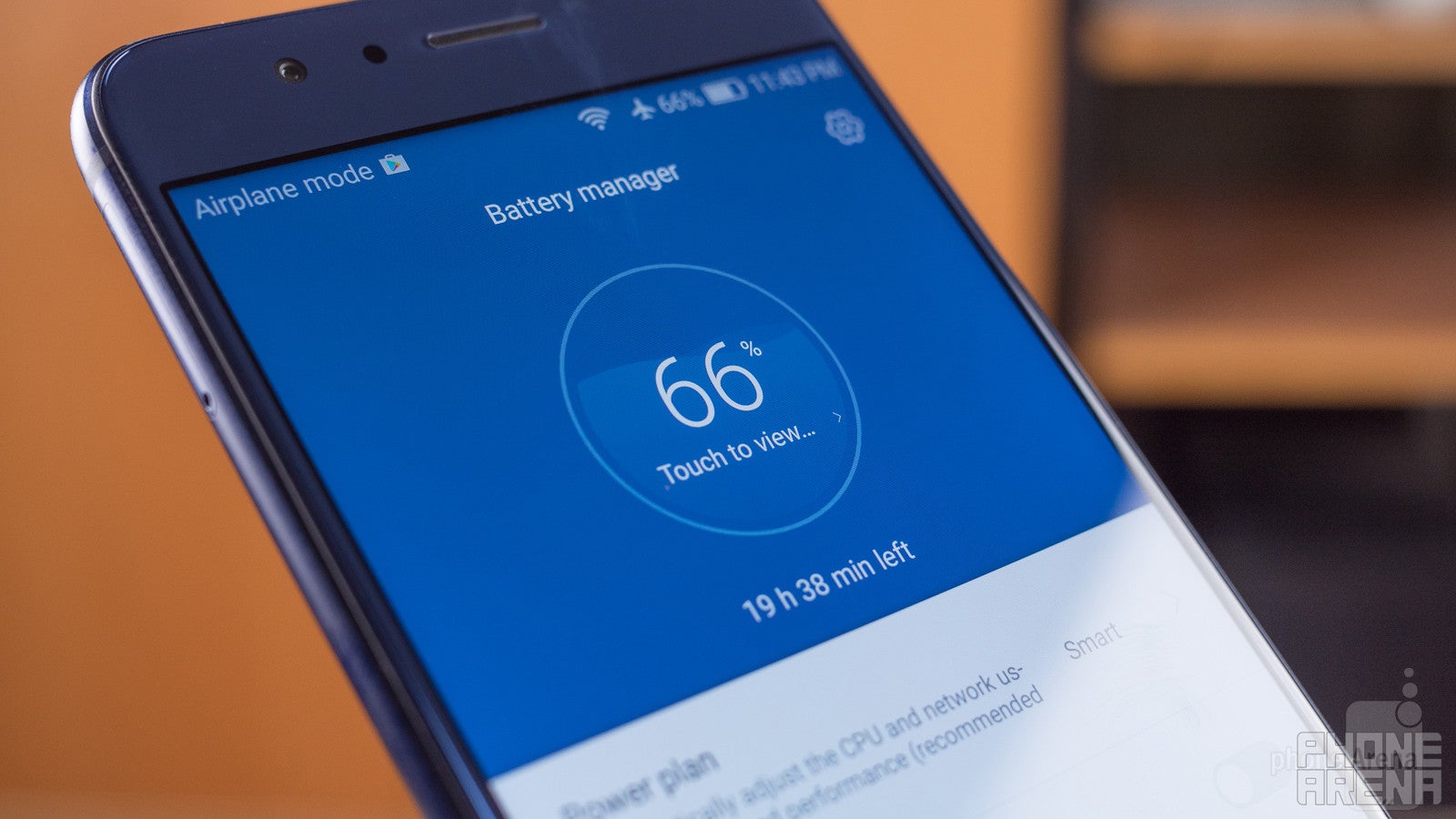
Testing the Honor 8's 3,000mAh battery, we ran into the same issue we faced when evaluating the Huawei P9: we like to perform our tests at a fixed screen brightness level, and the finicky display controls on these phones prevent us from dialing-in the specific brightness we need. As a result, we had to do our testing with screen brightness set 12.5% lower than we'd like.
As a result, testing's going to be skewed towards the longer side, but that in mind, we clocked over just over nine hours of screen-on time with the Honor 8.
Just as important as a long battery life, the Honor 8 also manages to recharge quickly, and with the phone's included fast charger we were able to completely refill the battery in under 100 minutes – not bad at all.
Conclusion
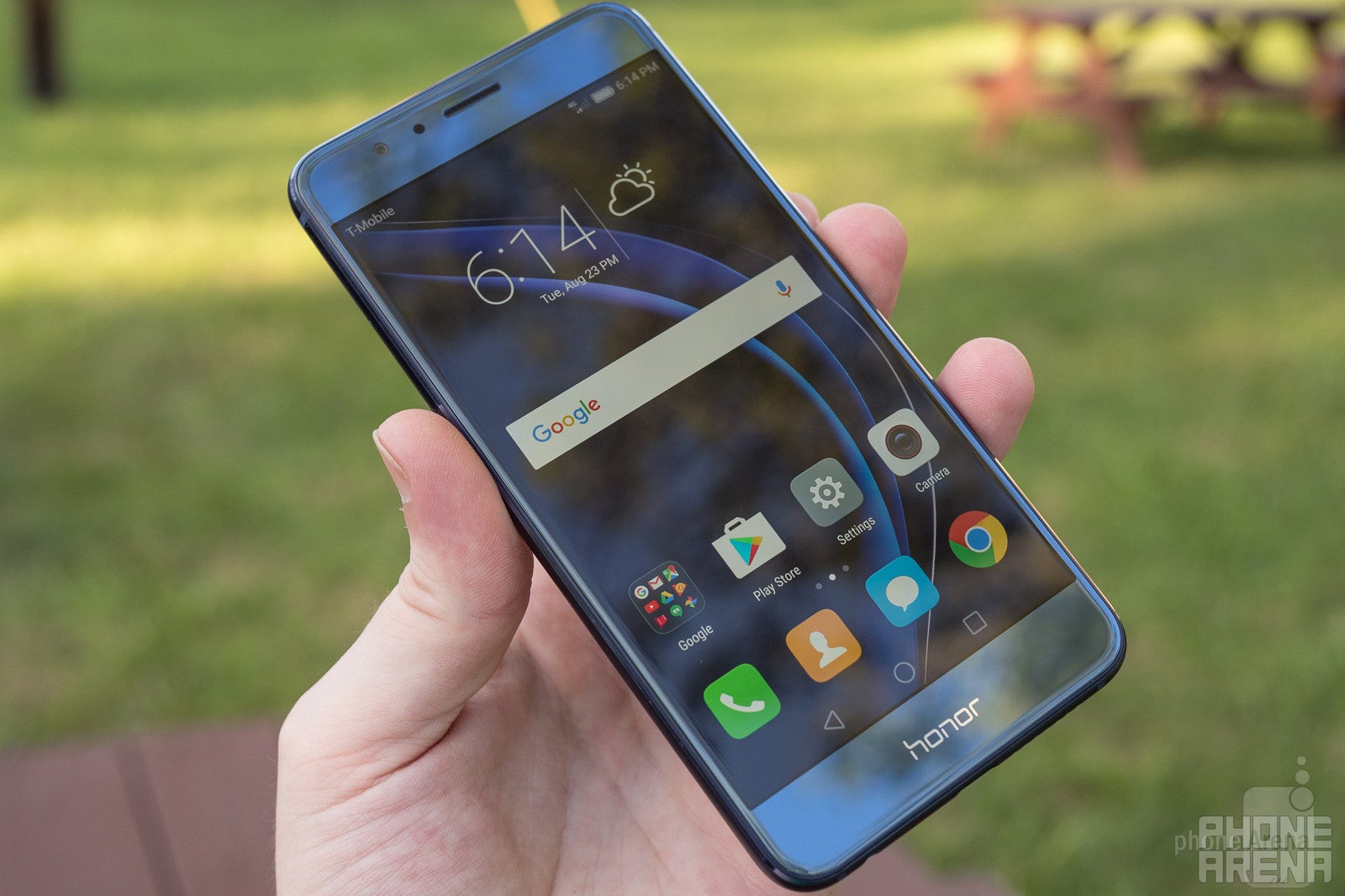
The Honor 8's one cute little phone, and the company could do a lot worse than to put this model forward as a hook for attracting new US customers. The phone's stylish, feels nice, and doesn't over-sell on features: the only thing that even threatens to verge into gimmick territory is the phone's dual cameras, and they just work so well that we can't find fault there.
It feels like this is a place we've come to more than once in recent weeks, where we've got a really well-done, affordable new smartphone … and find ourselves wondering if we should really be recommending the handset so strongly. What's the problem? The rest of the market.
Honor is selling the 32GB Honor 8 for just about $400. If you registered your interest before sales open, you can score an additional $50 off, but we're approaching this from that $400 baseline. Just like the Alcatel Idol 4s, this is a phone that feels like it's totally worth $400 – until you look at handsets like the OnePlus 3.
The Honor 8 and OnePlus 3 have a ton in common, from their 1080p screens to their USB-2.0-over-Type-C wired interfaces. But the OnePlus 3 upgrades its core silicon to a best-you'll-find-right-now Snapdragon 820 chip, while also boosting RAM to 6GB and storage to 64GB. Sure, the Honor 8 has microSD expansion the OnePlus 3 lacks, and arguably a better camera (or cameras), but are you going to care more about those features, or day-in-day-out performance gains? And if those performance gains come at the cost of battery life? You see our predicament.
Ultimately, the Honor 8 does enough right that we find ourselves recommending the phone. EMUI isn't going to be for everyone – but then again, neither is buying an unlocked handset manufacturer-direct. If any of that sounds like something you'd be up for, though, there's a lot to like in this phone.
Software version of the review unit:Android 6.0; Build Number: FRD-L04C567B122

Follow us on Google News

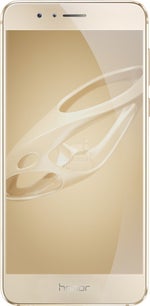
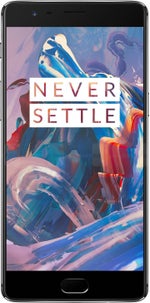
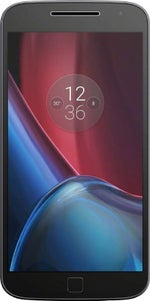
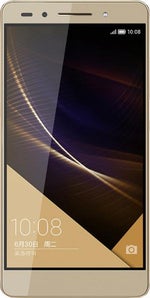




















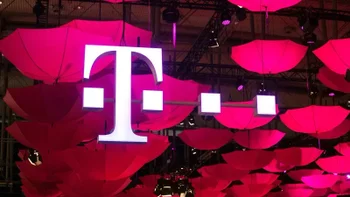
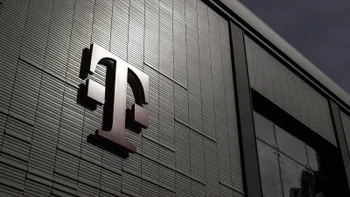


![A new Android bug is making it impossible to install new apps. Are you affected? [UPDATE]](https://m-cdn.phonearena.com/images/article/176703-wide-two_350/A-new-Android-bug-is-making-it-impossible-to-install-new-apps.-Are-you-affected-UPDATE.webp)

Things that are NOT allowed:
To help keep our community safe and free from spam, we apply temporary limits to newly created accounts: